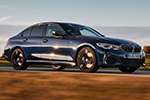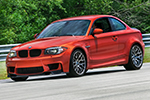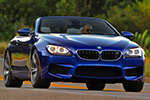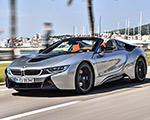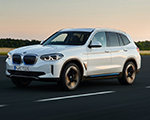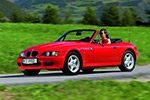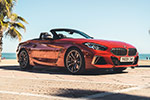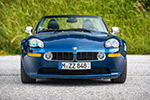The new BMW X3 isn’t exactly new anymore, as the “G45” has already been on the market for a year. It recently scored a five-star rating in Euro NCAP’s crash tests. That’s good and all, but how does it behave when you’re trying to avoid an accident? That’s what the Spanish journalists at km77 set out to discover by putting the luxury crossover through the dreaded moose test.
The evasive maneuver has claimed many victims over the years. Most famously, the Mercedes A-Class flipped over in the 1990s during a test conducted by Swedish magazine Teknikens Värld. BMW models have also faced mixed results in previous tests, with some performing well and others less so. This time, km77 tested two versions of the new X3: the M50 and the lesser 20d xDrive. However, the outcome was largely the same for both.
The test drivers were surprised by the X3’s handling and its tendency to understeer: “We weren’t expecting its reactions. They baffled us.” To verify the findings, km77 requested a second X3 M50 from BMW, but the results were nearly identical. The M Performance variant successfully completed the course only at entrance speeds of 67 km/h (41.6 mph) and 69 km/h (42.8 mph), while the diesel model couldn’t improve on those figures.
For comparison, the previous-generation X3 xDrive20d managed a much higher entrance speed of 81 km/h (50.3 mph) in the June 2022 moose test. Going even further back, the pre-facelift version did it at 76 km/h (47.2 mph) in January 2018. With the G45, the drivers noted it was difficult to steer the car cleanly from one lane to the next.
While km77’s team found the X3’s moose test performance disappointing, the crossover redeemed itself in the subsequent slalom run. The M50 variant completed the course in 24 seconds, matching the i4 eDrive40, and was just a tenth of a second slower than the smaller iX1. Meanwhile, the 20d xDrive needed 25.3 seconds, making it 0.8 seconds slower than its G01 predecessor in the 2022 test.
Videos of the 2022 and 2018 tests are attached below for reference.



















